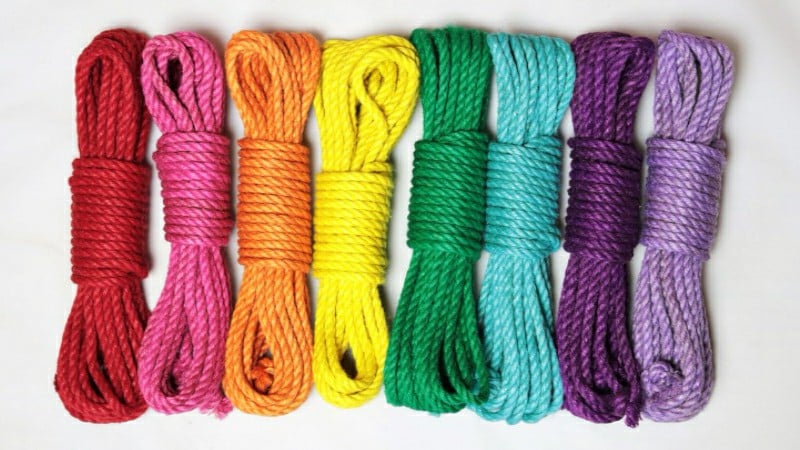If you’re interested in trying rope bondage, there are plenty of things you’ll need to learn beforehand – things like anatomy, knots, and safety, etc.
Another very important one…
The actual rope – because there’s way more to buying and collecting cords than just going to your local hardware store grabbing whatever is the cheapest.
IMPORTANT TIPS BEFORE YOU START
- WATCH THE PRICE – Sex shops tend to overprice their products. Try a hardware store or other places to find what you need.
- WATCH THE TOOTH – Tooth is the rope’s “drag” or friction and therefore how well your knots, twists, and loops will hold together.
- WATCH THE DIAMETER – It’s best to work with something 5mm or thicker. Thinner rope should be avoided for safety reasons (excess pressure can lead to discomfort, circulation problems, bruising, or worse). ALSO, some robe fibers (like cotton) might stretch and lose their diameter, which could cause problems.
- MIND THE BRAIDING – Braids are how the rope is woven together. Various densities will affect how tight your knots get and how easy or difficult it will be to take them apart. The same goes for twisting.
- BRANDS MEAN NOTHING – Take the same kind of rope from different makers and they will be different, so keep that in mind while you’re shopping.
- KNOW YOUR NEEDS – There’s a big difference between tying someone up for light bedroom fun vs. going into a full-blown, load-bearing suspension rig. Also, wanting a visually pleasing result vs. a functional one will change what rope you’ll need.
- CUT IT UP – If you buy a long section, you’ll have to cut it into manageable lengths – how long depends on your preferences.
- BREAK IT IN – Stiff ropes are like shoes, you have to break them in before they become easier to work with. This also goes for natural fibers that might need boiling, waxing or oiling (or just plain washing because it’s raw and smells).
- KEEP AT UPKEEP – Certain ropes have a longer lifespan, but it doesn’t last forever. Trim stray fibers, keep it stored in a bag, wash it when necessary (read washing instructions at the end of the article).
- WHIP IT GOOD – Whip your ends. This means fixing the ends so they don’t fray or unfurl.
- WATCH FOR ALLERGIES – Natural fibers come with the risk of an allergic reaction to some people Synthetic obviously doesn’t have this problem.
- NO RIGHT OR WRONG – All riggers (and even rope bunnies) have their own preferences. As long as it’s safe, don’t let anyone convince you there’s only “one correct choice”.
WHAT TYPES OF ROPE ARE THERE?
They break down into two categories – Natural and Synthetic. And each one comes with its own pros and cons. Let’s start with natural…
HEMP
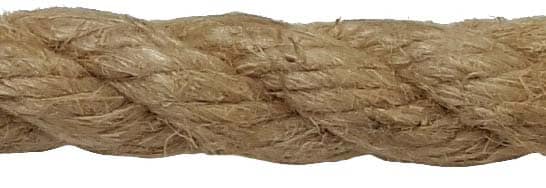
|
|
JUTE
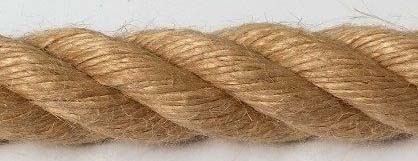
|
|
COTTON

|
|
LINEN/FLAX

|
|
SILK
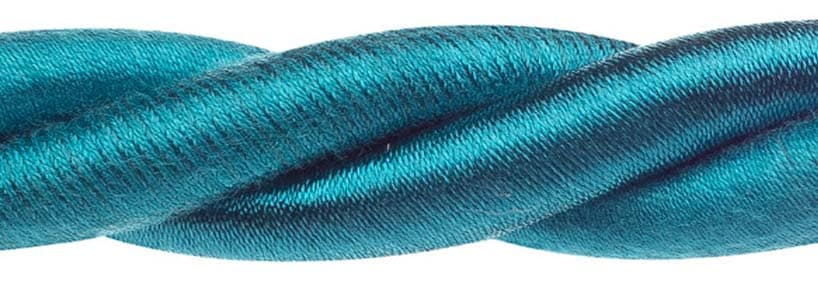
|
|
BAMBOO

|
|
MANILA, SISAL, COIR
(abaca plant, agave fibers, coconut husks)

|
|
Next, let’s see what synthetic options are out there …
NYLON, POLYESTER, PARACORD

|
|
SYNTHETIC HEMP/HEMPEX
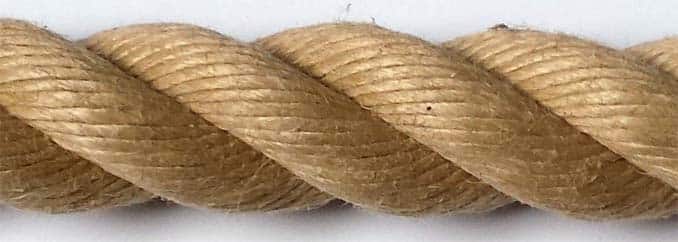
|
|
MFP Multifilament Polypropylene

|
|
KEEPING YOUR ROPE CLEAN
For natural fibers, washing can degrade the quality and durability of the rope.
BUT, it’s going to get covered in all sorts of bodily fluids (sweat at minimum) or things like dust, dirt, or wax (if you’re into wax play), so you’ll have to wash it.
- Here’s a great guide to caring for your rope Twisted Monk.
. . . . . . . . . . . . . . . . . . .
This is not a be-all-end-all guide to rope bondage. I high recommend scouring the internet for as many articles as possible. And, if you want to get serious, find a qualified teacher to show you how to enjoy this art form while staying safe.
Here are some sites that have more useful information:
- Crash Restraint – Rope detail chart
- Instructables – Rope dying guide and whipping instructions
Also, if you liked this article, you might enjoy these:
- BDSM Restraints 101 – Hogtied and Happy for Beginners
- What is Japanese Bondage – The History, Culture, and Cautions of Shibari
- Cheap BDSM Equipment – Using Hardware, Dollar, and Thrift Stores
Anything you want to add? Share in the comments

